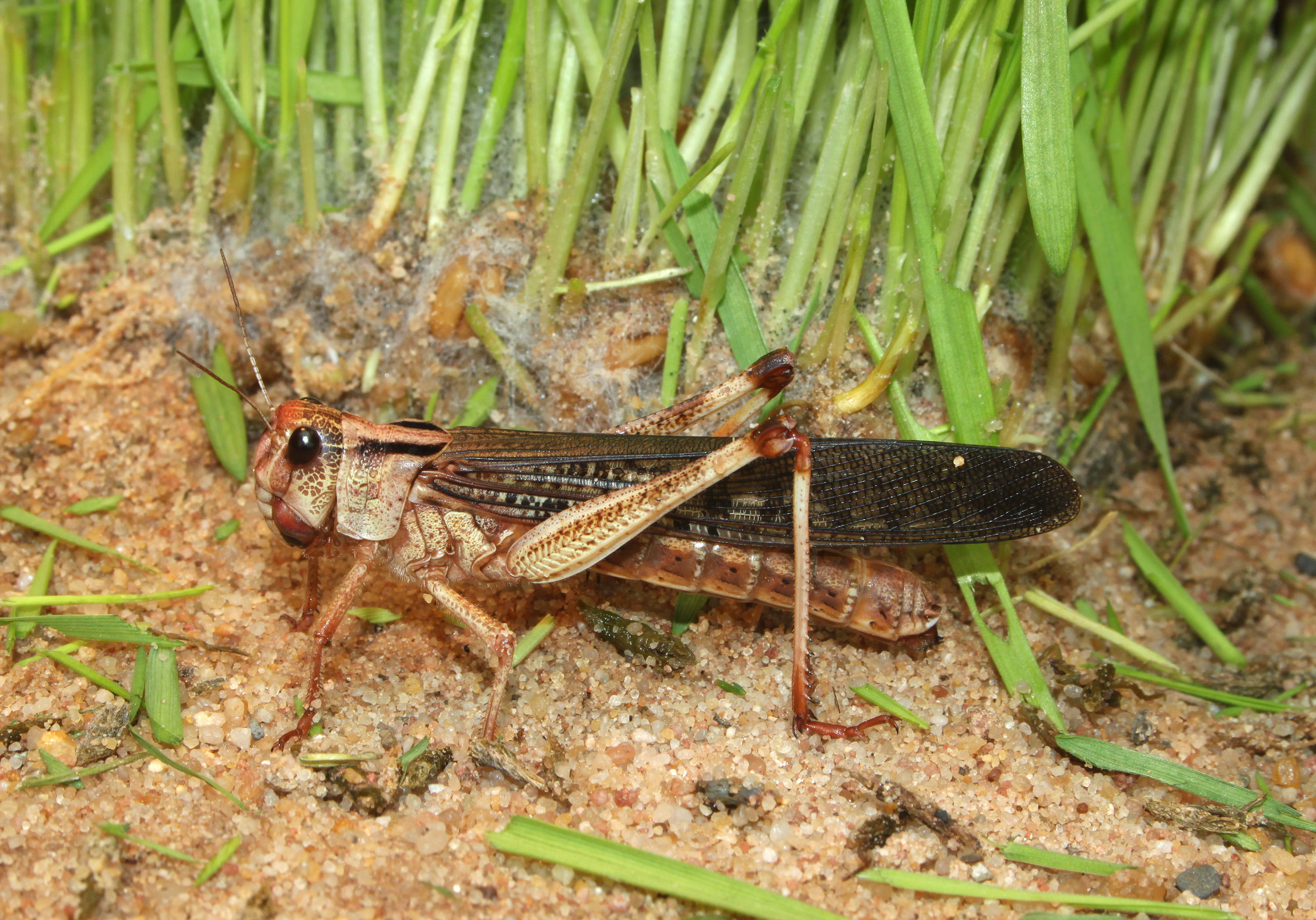LOCUSTS UPSERGENCE AND ITS THREATS
- Nature Khabar

 People are busy talking about covid-19 and are trying to save their life from deadliest virus. However farmers are compelled to work on field for their livelihood. Farmers, who totally pivot on agriculture, are in more troublesome these days. Covid-19 spreading and different pest menacing their agriculture ecosystem is another major problem.
People are busy talking about covid-19 and are trying to save their life from deadliest virus. However farmers are compelled to work on field for their livelihood. Farmers, who totally pivot on agriculture, are in more troublesome these days. Covid-19 spreading and different pest menacing their agriculture ecosystem is another major problem.
Average 18% of crop yield is lost by pest. Different migratory pest migrate into different places of agriculture ecosystem and cause huge damage in their favorable season. Among such, locusts are important one and shouldn't be left while taking into consideration. An invasion by desert locusts has hit large swathes of India and Pakistan in the middle of the corona virus pandemic (source: BBC) so government and farmers themselves should acts carefully before its spread in Nepal.
INTRODUCTION
Locusts (Locusta migratoria) are like grasshopper and are colonial lately. These pest belong to family Acrididae and have swarming phase that cause devastating crop loss .It reproduce at incredibly high rates.Locusts move together as a group, making stops on any patch of green ecosystem that they notice and cause extensive and devastating damage to such greenery, covering long distances in a short period of time.
Locusts go through egg, nymph and adult stages .It takes about 3 to 5 month to be fully developed depending upon the weather conditions. The female lays eggs directly into the soil that hatches within 2 weeks and turns into nymph. These nymphs grow up into adult and start laying eggs within 3 week. Nymphs and adult are the infective stage that feed on green patches wherever they see. They reproduce at high rates. One can lays eggs between 60-190. The locusts eat up all the green vegetation, leaves, flowers, fruits, seeds and plants. A locust can feed plants part equal to its body weight .so they need to be controlled before invading our greenery. Paddy plantation timing in Nepal is coming near and Locust could be the rival of it. Thus proper timely care should be done.
CURRENT SITUATION
According to FAO, the current situation remains extremely alarming in East Africa where Kenya, Ethiopia and Somalia continue to face an unprecedented threat to food security and livelihoods. New swarms from current breeding will form from mid-June onwards, coinciding with the start of the harvest. Thereafter, there is a risk that swarms will migrate to the summer breeding areas along both sides of the Indo-Pakistan border as well as to Sudan and perhaps West Africa. Not only this, the insect has already started invading our neighbors India and Pakistan as well .Madhya Pradesh, Rajasthan, and Uttar Pradesh of India are greatly affected. Pest might migrate towards Nepal. So Nepalese should be aware of that. Scientists have already stated that this pest is more dangerous than army worm and even more dangerous than corona virus too.
CONTROL
Chemical methods - Spraying liquid insecticides like organophosphate chloropyriphos, diazinon, fenitrothion ,malathion, synthetic pyrethroid deltamethrin , boric acid treatment etc.
Biological methods – predators like duck, lizard, spider etc.
Biopesticides – Fungi based green muscle
Repellent – neem extract spray , garlic smell spray etc
Mechanical methods – digging trenches, beating and burning them , high sound producing instrument , burning of tyres , stubble or straw which produce smoke.
Baiting – catch them by providing their food impregnated with insecticide and
Dusting – applying a fine dust impregnated with insecticide.
Late sowing and transplantation of rice helps to prevent from locust attack in Nepal.
If sowing is already done , the paddy field should be covered with fine nets to prevent from the tremendous damage done by them.
In this Middle of corona pandemic this pest might cause famine, thus we must be careful and everything about this pest should be taken into consideration among farmers and on government level too.
(Regmi and Marasini are B.Sc Agriculture students )





Feedback